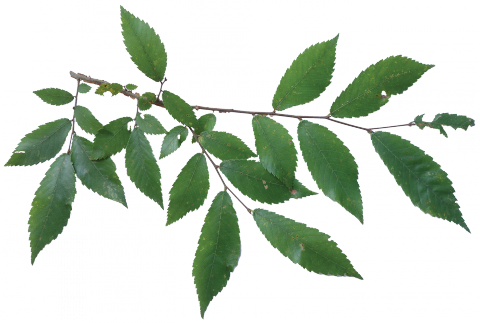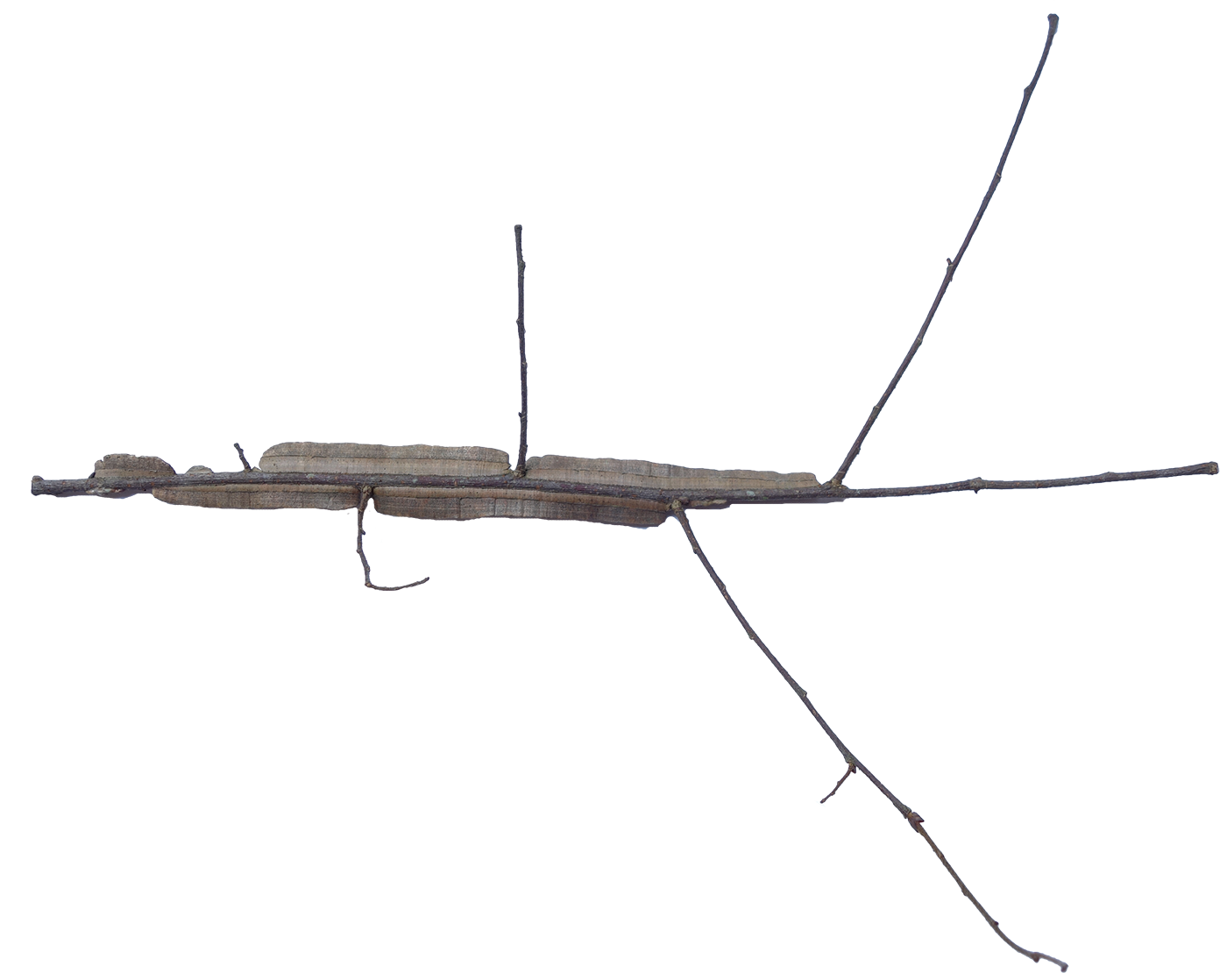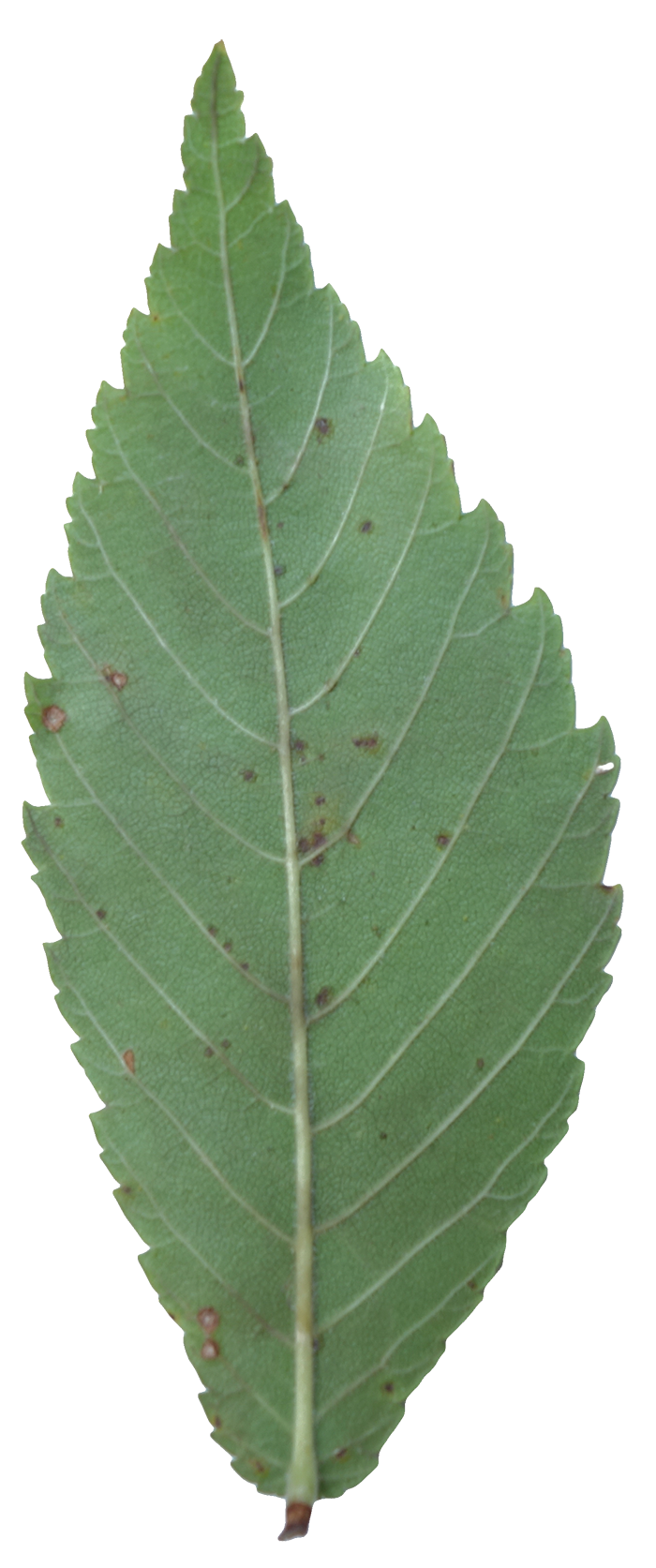
(Ulmus alata)
The Elm Family (Ulmaceae)
Small, fast-growing, deciduous tree with a variable shaped crown; corky, wing-like projections on opposite sides of twigs and branches; reddish brown to gray bark and alternate dark green leaves.
Habitat:
Drier sites, hardwood forests, abandoned fields.
Interesting Facts:
Native Americans utilized inner bark to treat diarrhea and to ease childbirth; and wove bark fibers into baskets and rope. A larval host for the Question Mark Butterfly. Most common elm in Louisiana. Susceptible to Dutch elm disease.
Fruit:
.5” reddish, winged fruit, “samara,” with a notched end enclosing seed.
Flower:
Reddish, in branched clusters less than 1” long in early spring before leaves.
Wildlife value:
Provides cover for birds and other wildlife; especially attractive to nesting birds. Early seeds provide food to birds and squirrels. Deer browse twigs and leaves.
Corky Wings

Fruit

Leaf type:
Simple


Tree dimensions:

Leaf length: 1.00-3.00 inches
Tree height: 40.00-90.00 feet
Where to find Winged Elm on the Louisiana State Arboretum Trails:
PAW - Pawpaw Loop Trail 1.0
TER - Walker Terrace 25.0
Refer to our Live Map to locate this species and its interpretative signage on the trail system.
